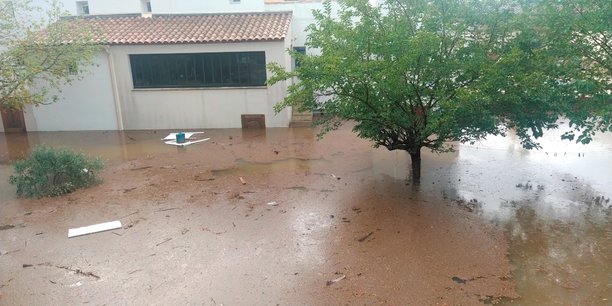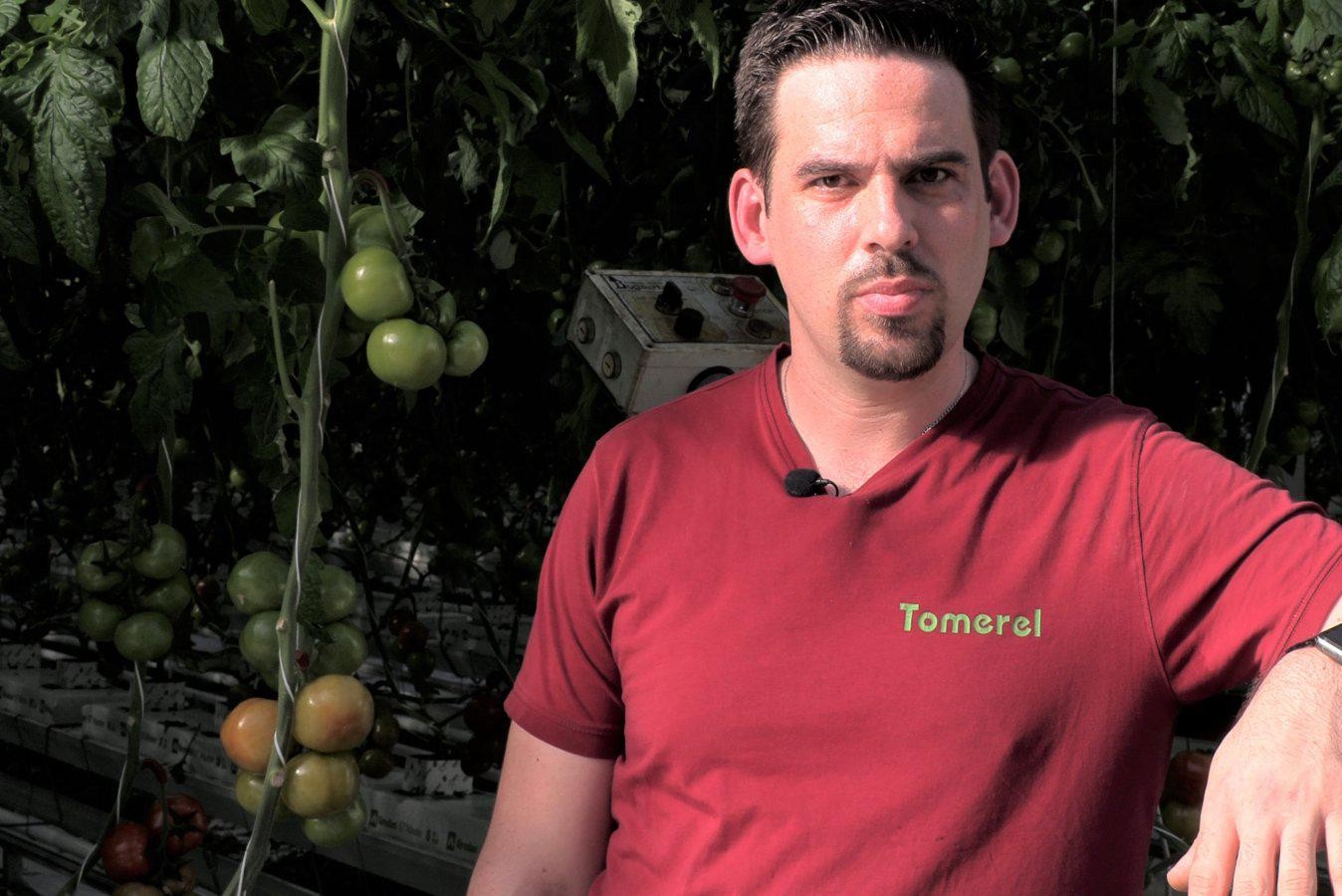“A disaster”. In the aftermath of the violent storms that crossed France on Saturday, the French agricultural sector sees the damage. “Winegrowers have a totally chopped vine“, while the bad weather touched “also wheat, barley“, and that we also count “damage to buildings, completely pierced roofs“, said Christiane Lambert, the head of the FNSEA, the main French agricultural union.
The damage was reported across France, with “more than 40 departments affected by hail“, she added. The damage goes from Brittany to the Gers and the Landes, via Indre-et-Loire or even Allier, she noted. The wind blew more of 100 km / h in places, for example 103 km / h in Saint-André-en-Terre-Plaine in Yonne, according to Météo-France.The violent storms which crossed France on Saturday killed one person in Rouen and fifteen injured in the whole of France, including two seriously.
In some municipalities, the equivalent of a normal month of June of rain fell in just 12 hours: for example 74 mm in Saint-Yan in Saône-et-Loire, or Donnemarie-Dontilly in Seine-et-Marne, according to Meteo-France. The most struck departments were Allier, Aveyron and Saône-et-Loire.
Agriculture threatened by climate change
For farmers, the scourge of hail adds to other difficulties encountered in recent weeks, after a month of May classified as the hottest and driest on record in France, an unusual heat episode made more likely with the change climatic. However, the link between storms and climate change remains uncertain.
“It’s the year of superlatives: the hottest, the driest and now with the most hail“, lamented Christiane Lambert. “The accumulation, multiplication and even addition of these climatic events is disconcerting“.
Anti-hail nets are powerless in the face of very intense bad weather such as France has just experienced, she also noted. “When it comes to hailstones the size of ping-pong or tennis balls, even the tin roofs of buildings are pierced. So there is no possible protection“.
The industry has no choice but to try to adapt to climate change. Like the Brittany region, which has nearly a third of French municipalities threatened by rising waters. In mid-May, the Region created the Breton High Council for the Climate, whose first plenary meeting is scheduled for June 28, in order to help political decision-making on climate and environmental issues.
The device of “agricultural calamity” soon engaged?
This new drama that is hitting French agriculture could trigger national aid schemes.
“We are going to study, department by department, where to trigger the agricultural calamity device, and we will do it as soon as possible.“, promised Bruno Le Maire, Minister of the Economy, on CNews on Sunday.
More than 15,000 homes were still without electricity on Sunday morning, according to the Interior Ministry.
“There were 15 injured including two seriously and one person died in Rouen“, announced Gérald Darmanin. The deceased is a woman “washed away by a mudslide” and drowned after being stuck under a car in Rouen, where some streets have turned into real torrents. Among the two seriously injured is a 13-year-old girl who is “in critical condition”, detailed Mr. Darmanin in front of the press.
In total, the 2,400 firefighters involved carried out 3,500 interventions and 50,000 lightning strikes were recorded, added the Minister, stressing that these were “the first time in twenty years“that such a vast part of the territory was crossed simultaneously by storms, with 65 departments affected.


